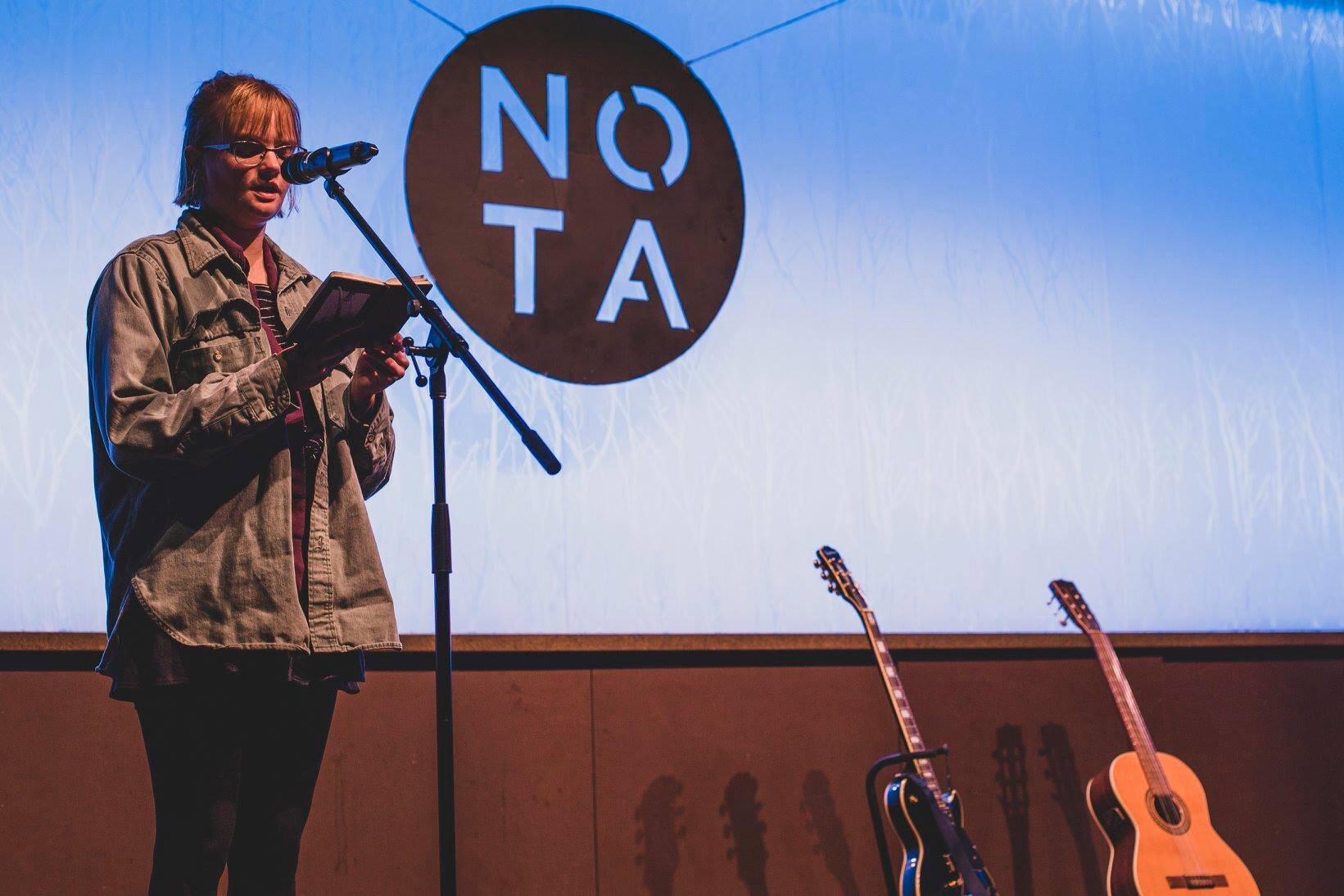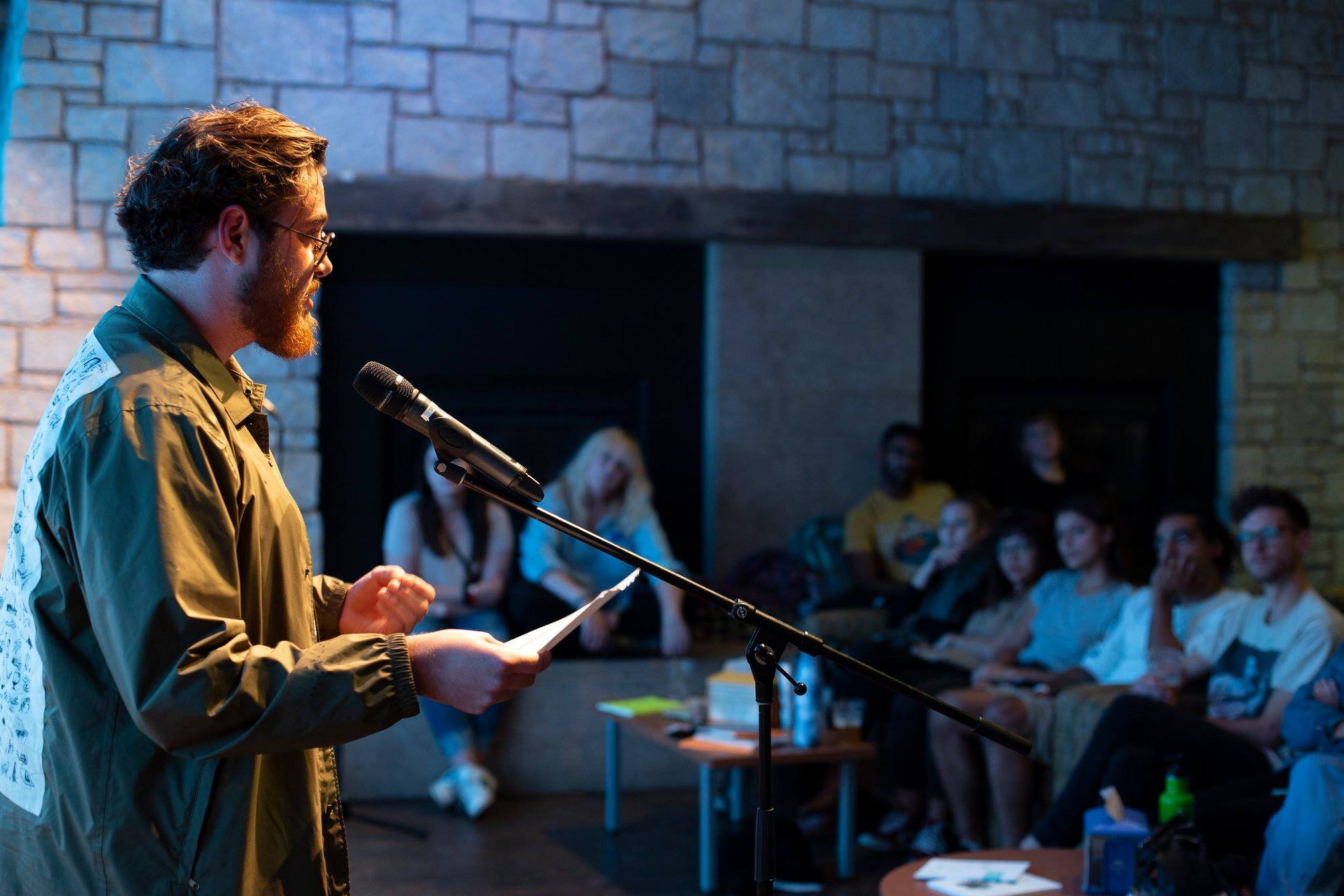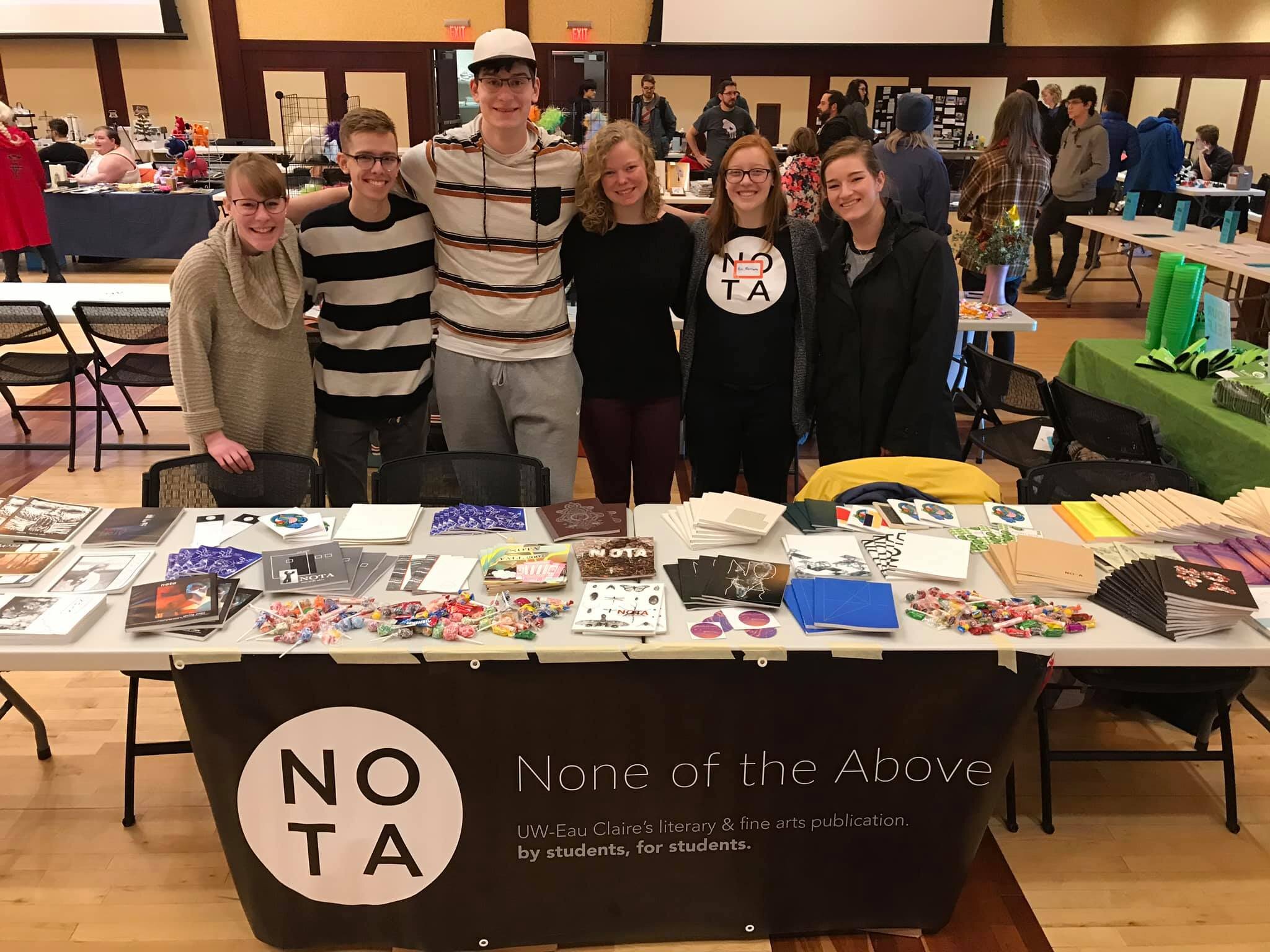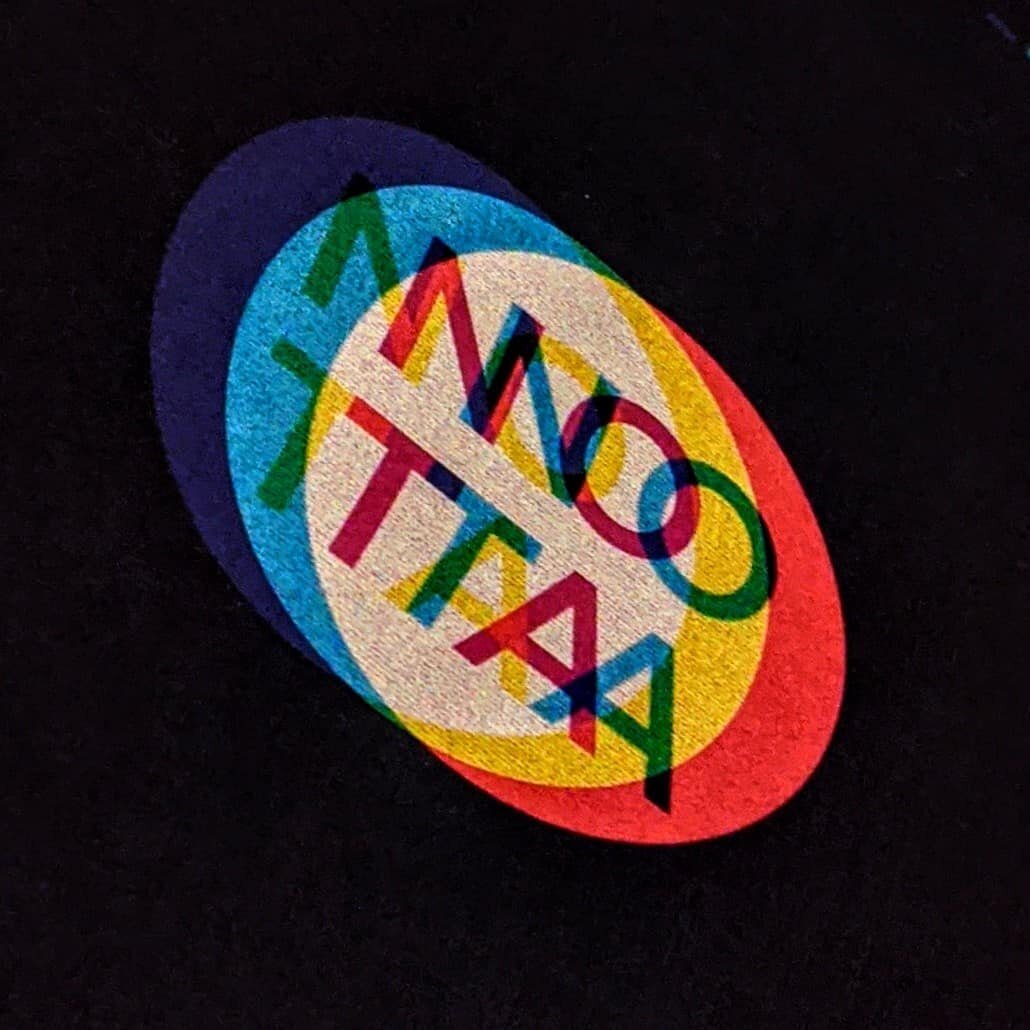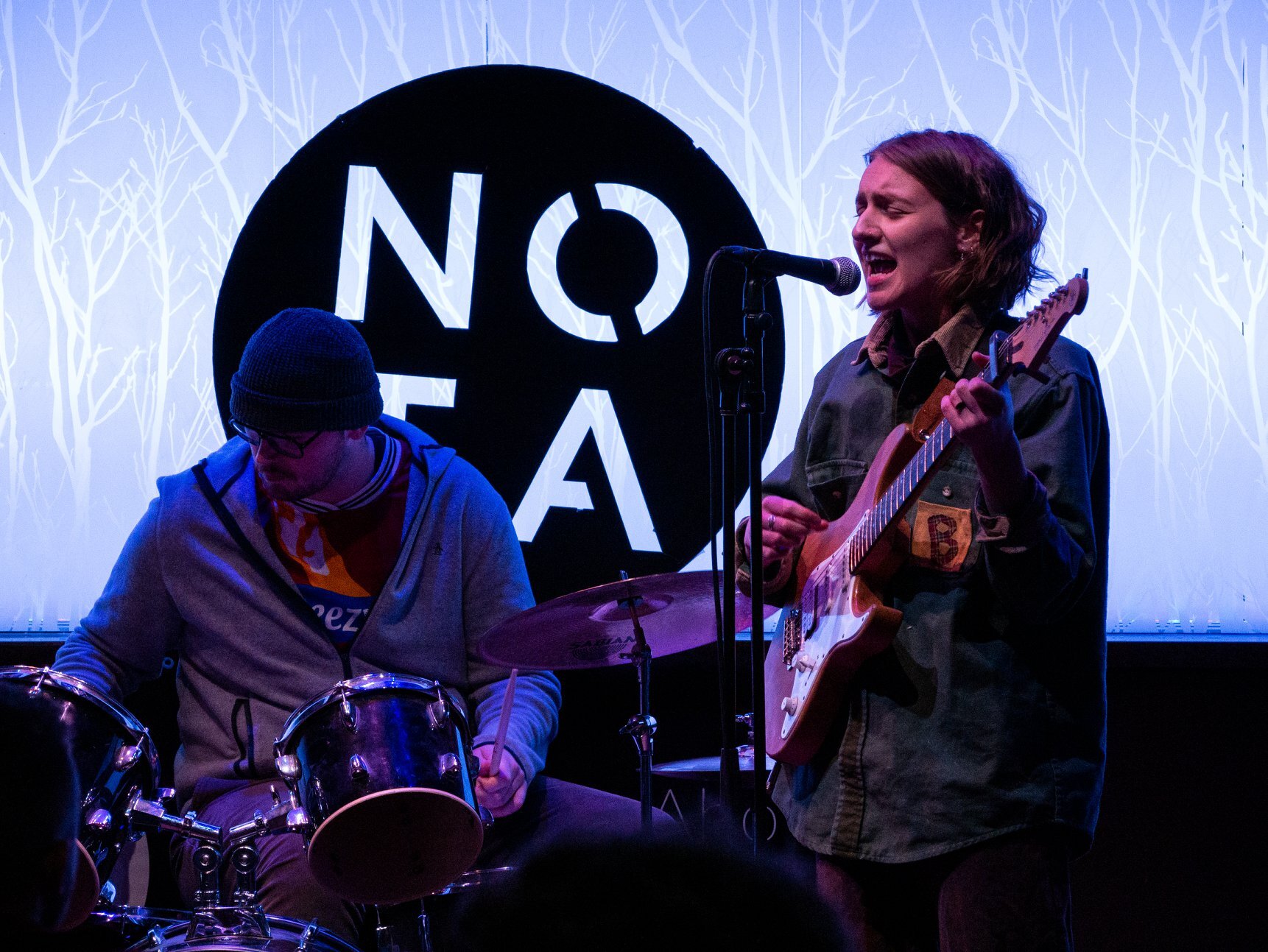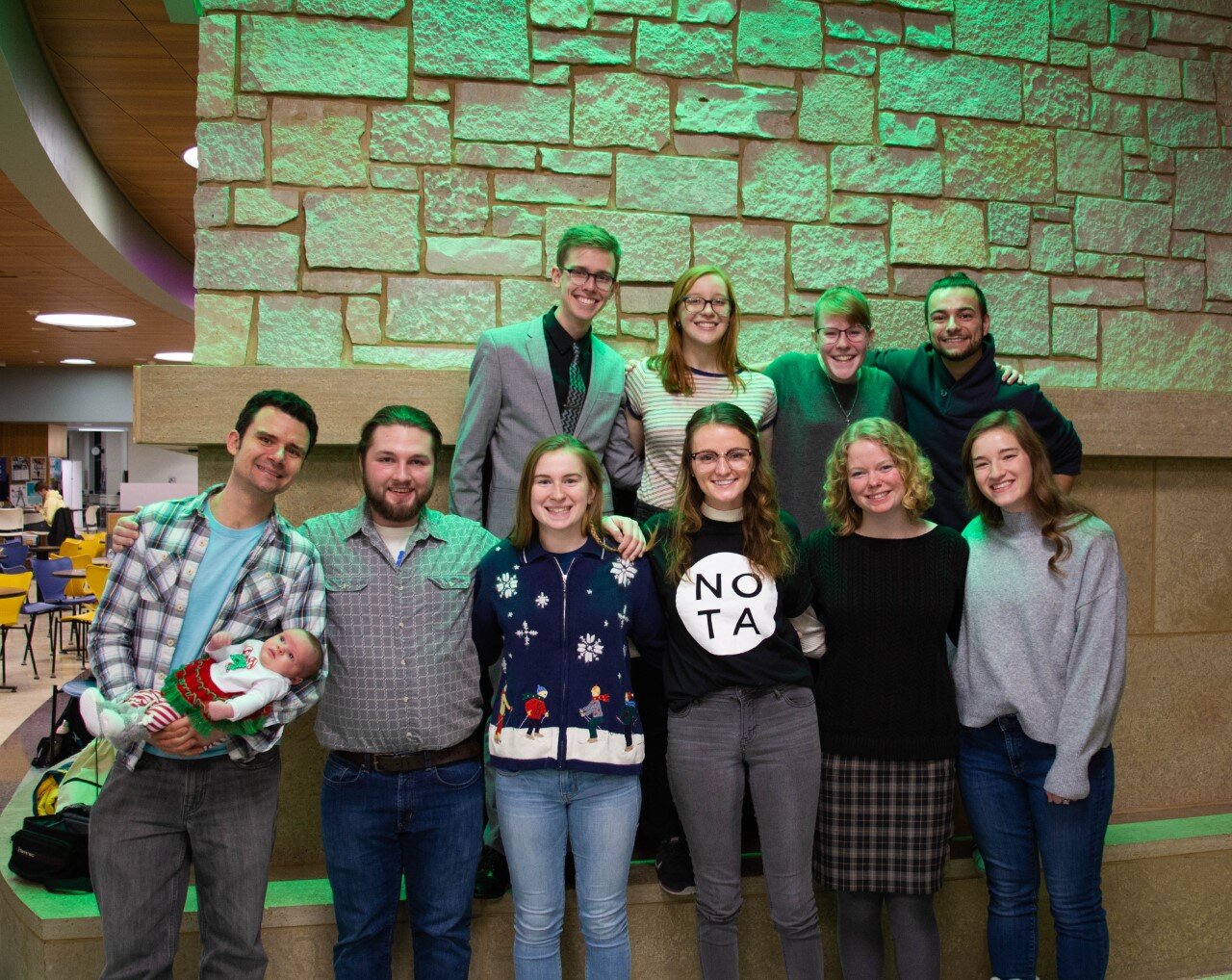“However, could it be possible that “writer’s block” is simply a term coined to represent a writer’s anxiety to write? Writer’s block normally coincides with wandering attention, worrying about deadlines, and a fear or hatred of a blank screen: all signs of anxiety. The good news here is that anxiety is completely manageable, and tricks to combat that restless feeling whenever you sit down at your desk are conveniently available to your viewing pleasure right here! ”
Kensie Kiesow
The most prolific writers in history have struggled with writer’s block so intense, it lasted for decades. Writer’s block was Ernest Hemingway’s greatest fear, and he drove an ambulance for the united states military during WWI! During his service in Italy, he was even injured by an Austrian mortar fire, and writer’s block was still his greatest fear. Although Hemingway swears it exists, some writers live in denial. Patrick Rothfuss, author of Name of the Wind, likened the idea of writer’s block to a magical muse, who “bestows the writing onto us, and we become inspired” rather than acknowledging that “sometimes, writing is super hard…just like any other job.” However, could it be possible that “writer’s block” is simply a term coined to represent a writer’s anxiety to write? Writer’s block normally coincides with wandering attention, worrying about deadlines, and a fear or hatred of a blank screen: all signs of anxiety. The good news here is that anxiety is completely manageable, and tricks to combat that restless feeling whenever you sit down at your desk are conveniently available to your viewing pleasure right here! Whether you’ve had writer’s block lasting hours, weeks, or months, we’ve got some tips to help you out!
Make a Cup of Tea or Coffee
Whether you choose to make tea, coffee, or some other drink in your kitchen, the point of this tip is not the beverage, but the walking away from your laptop or notebook that you’ve been staring at for three hours. Staring at screens is not only bad for your eyes, but it’s bad for your productivity. Instead, just get up, maybe stretch those stiff legs a little, and go get something to drink. Hydration is also a side bonus!
Take a Shower
I’m sure you smell like lilacs in full bloom carried on a warm spring evening, but taking a shower is a great way to turn off your brain while doing a task. Showering is so routine that you don’t have to think about how you’re washing your hair or shaving your legs because we do that all the time. In the fifteen-or-so minutes that it takes you to shower, your brain relaxes and that allows you to passively think about your project and let new ideas bubble up from your subconscious. Ever wondered why bright ideas always seem to take shape while in the shower? This is why! Give your brain a break and lather up!
Go for a Walk
I’m sure this piece of advice isn’t new, but that doesn’t mean it’s wrong. The brain and the body are connected in so many fascinating ways, and if you’re body is starting to feel sore from sitting, or you’ve been staring at a screen for so long that your eyes are on fire, get out of the house. Just get out and walk around the neighborhood or, better yet, walk the Putnam Trail or Chippewa River Trail. The Chippewa Valley is beautiful, and so much inspiration comes from the world around you that you may not even realize. Let your mind wander as you reconnect with nature and you’ll return to your desk with a more relaxed brain filled with some fresh ideas.
Do Something Else on Your To-Do List
Life is hectic and crazy, and sometimes taking a break to do nothing just leaves you feeling unproductive and more stressed than when you started out. Instead, switch over to something else you’ve been holding off. Does the front door still stick? Do you still need to get that oil change? During writer’s block is the best time to get that task out of the way and feel like you’re still getting things done and being productive!
Catch Up with a Friend
During this time when we are fighting an airborne pandemic, it’s difficult to see friends in person, but not impossible! Walking around town is absolutely something you and a friend can do together, and it’s already something from this list that will help with calming your writing anxiety! If you would rather stay extra careful, call or facetime your friend to chat and maybe explain to them your work that has tragically come to a halt. Friends, especially friends from your workshop group or high school poetry club, provide fantastic services as sounding boards. Taking a moment to hear about their lives in quarantine and what’s going on in their heads will also help you get out of yours.




























